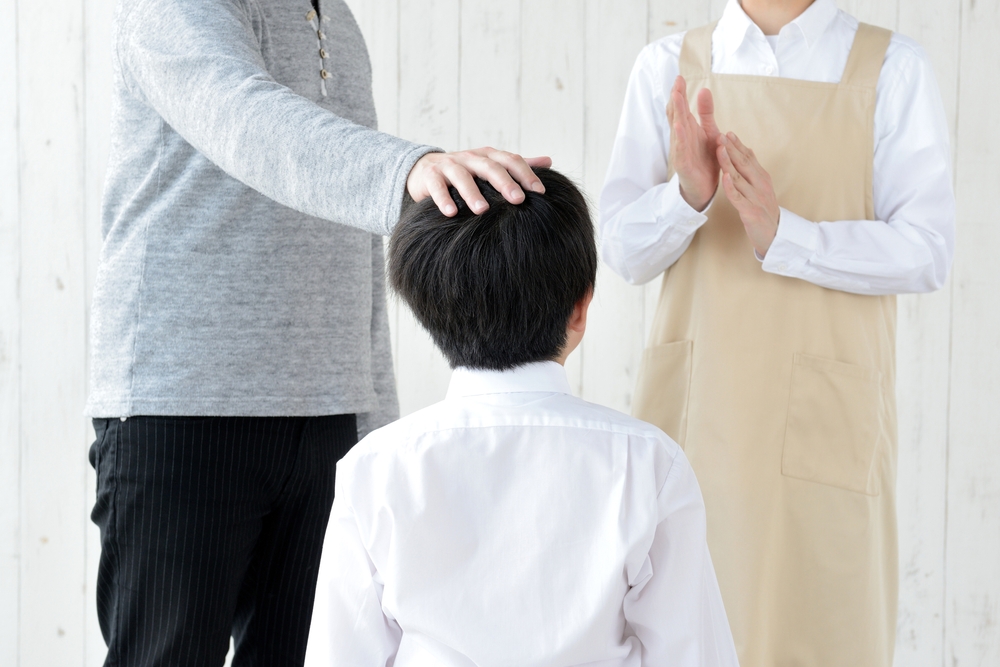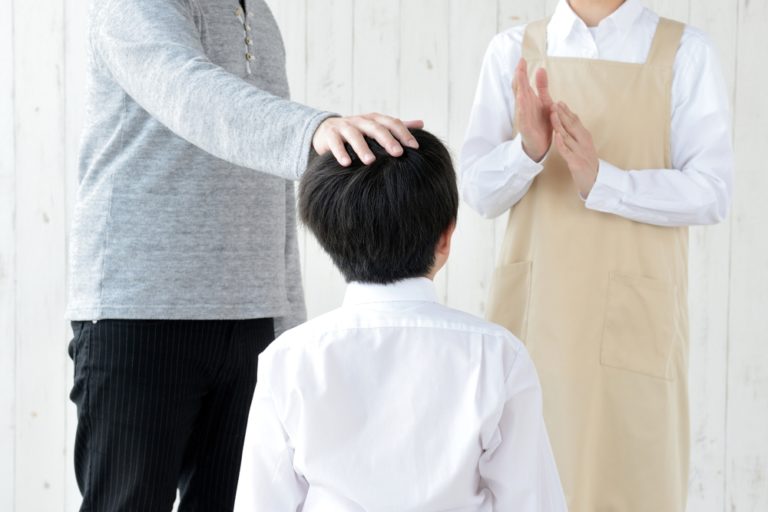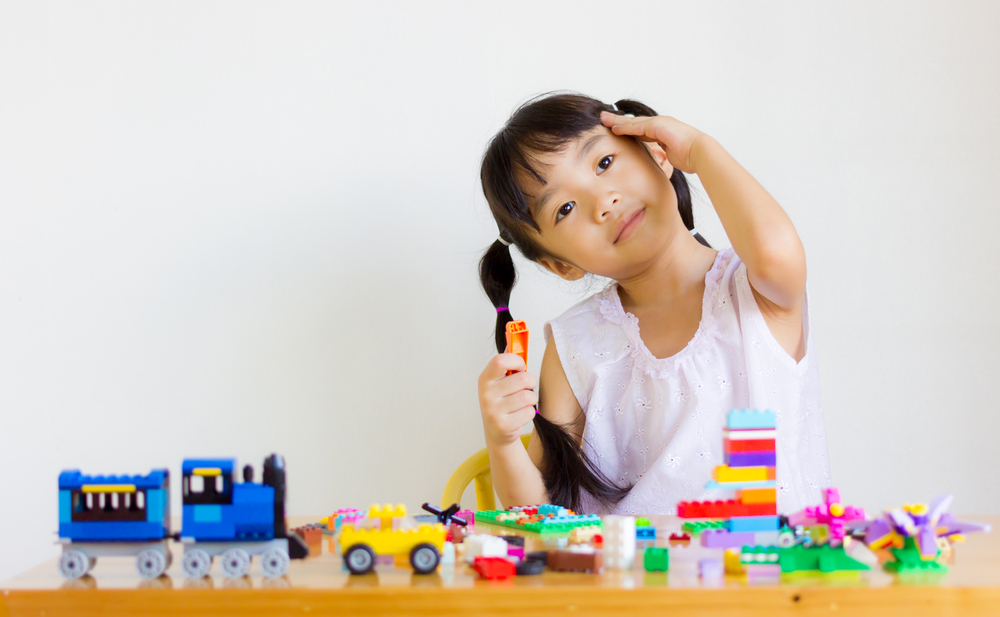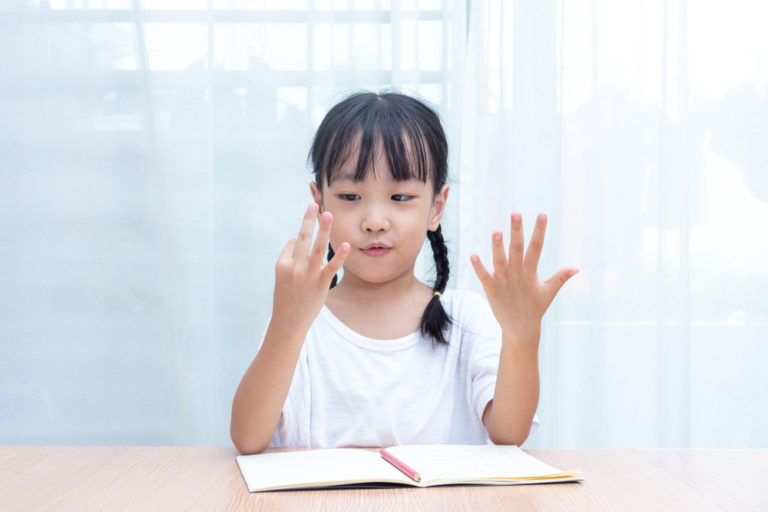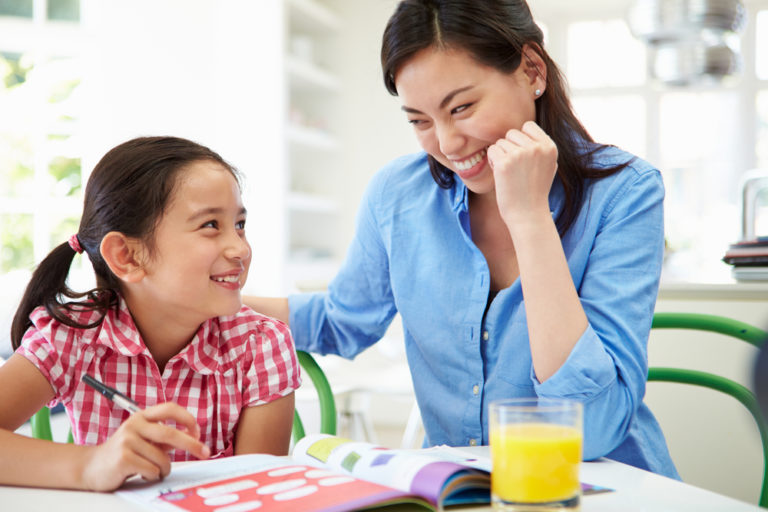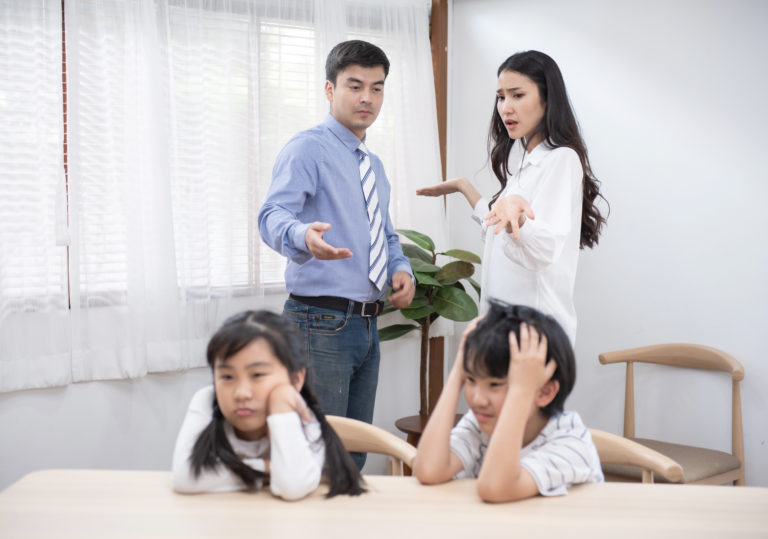Parenting Tips
system

Registered clinical psychologist, Dr. Felicia Lee
Recently, many people have been learning mindfulness to manage their emotions and think more clearly. However, mindfulness can also help us stabilize children’s emotions. Mindfulness, also known as “jing-nim” in Chinese, is a concept that combines Eastern philosophy and Western science. Mindfulness is about consciously and non-judgmentally focusing our attention on the present moment. We are aware of where our focus is at this moment, and we do not think about whether something is right or wrong. We just observe and describe. So how can we use mindfulness to help stabilize children’s emotions?
The most important thing is to stop first. This requires us to practice regularly, and through mindfulness practice, we will know what methods can be used to effectively stop ourselves or our children. Because sometimes children will stop when they hear their mother shout, but what can be done to stop them when their mothers are not around or when no one is around to advise them? This is an important thing we can practice with mindfulness.
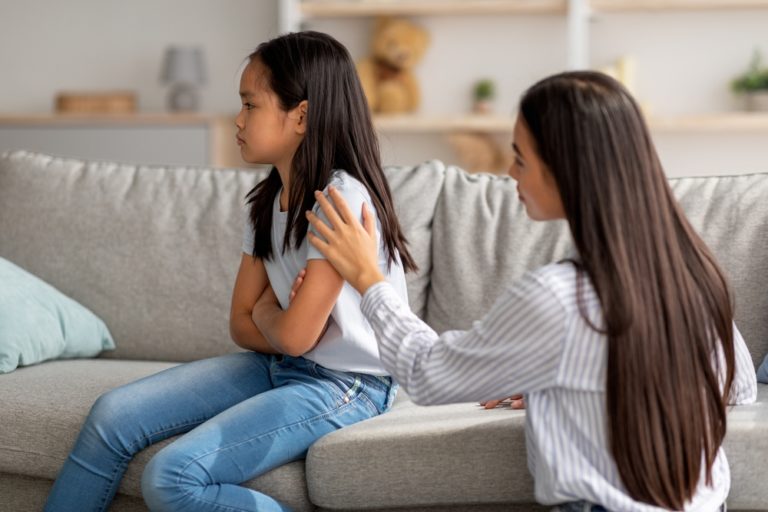
The second step is observation. What kind of mindset should we use to observe? We should observe with a non-judgmental mindset. When a child has emotions, we usually see their emotional outburst, and sometimes we have thoughts or critical words in our minds. If we describe this thought with a non-judgmental mindset and also feel our own emotions, we can see the child’s real needs through their behavior.
The third step is to use language to describe your current feelings or what is happening at the moment because when you use words, it will calm down the center of your emotions.

I remember one time when two brothers were arguing, and one of them stretched out his foot, which began to provoke the other, who then slowly became angry. They would kick each other, at first lightly and then with more force. Actually, when you see this kind of situation, you will feel very angry.
First, do not stop them, because when you stop them, you are characterizing one person as wrong, and after you characterize them, one of them may become even angrier. The worst thing is that they may both become angry together and say, “We’re just playing; why are you taking it so seriously?” So calm yourself down first, and then ask them casually, “What’s happening now?” Sometimes they may answer you, which is already good. If they cannot answer and are still angry, you can separate them, which is also okay.



